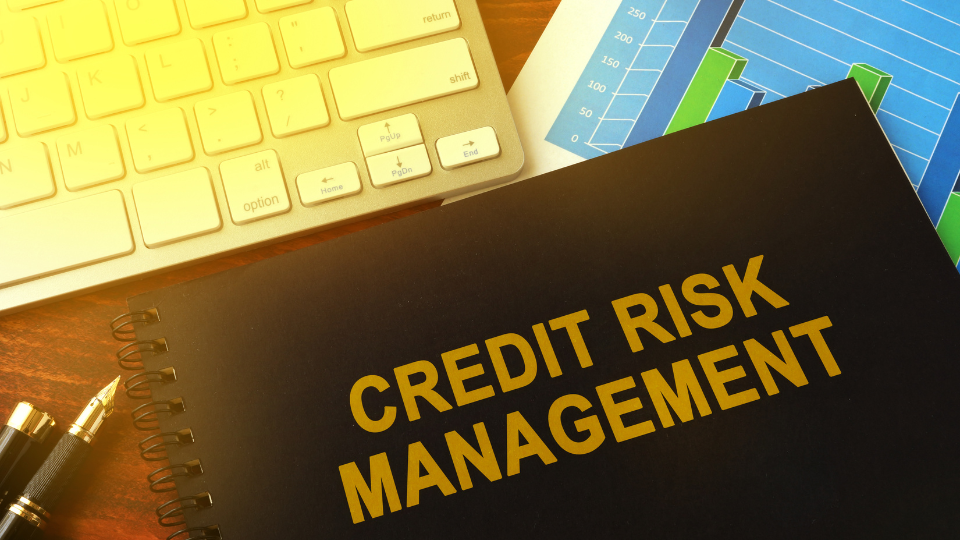Credit risk refers to the risk of loss that investors may face due to the default or non-performance of a borrower. In the capital market, credit risk can arise when investors lend money to a borrower, such as a company, or government entity, by buying their debt securities such as bonds, debentures, or notes. The credit risk arises when the borrower is not able to repay the principal or interest payments in the debt securities.
Let us take an example. If an investor buys a bond issued by a company and the company defaults on its interest payments or is not able to repay the principal amount at maturity, the investor may face a loss due to the credit risk associated with the bond.
Credit risk can also arise in the case of counterparty risk, which refers to the risk that an investor may face when dealing with a counterparty, such as a broker or dealer. If the counterparty is not able to fulfill its obligations, the investor may face a loss due to the credit risk which is associated with that counterparty.
The following are the strategies which an investor may use to reduce the credit risk faced by them:
- Credit rating: Credit rating agencies such as CRISIL, CARE, and Moody’s Standard and Poor’s provide an assessment of the creditworthiness of the companies, government, and other entities that issue debt securities. Investors can use these credit ratings to assess the credit risk associated with a particular debt security before investing.
- Diversification: This involves spreading investments across different borrowers and securities to reduce the impact of the credit risk on the portfolio. When an investor invests in a diverse range of debt securities with different credit ratings, investors can reduce their exposure to any one particular borrower or security.
- Collateral: Collateral is an asset that is pledged by a borrower to secure a loan or debt security. By demanding collateral against the debt that is given to the company, the investor can reduce the credit risk associated with the security. In case the borrower defaults on the debt security, the collateral can be used to repay the investor.
- Credit default swaps: Credit default swaps (CDS) are financial contracts that allow investors to transfer the credit risk of a debt security to another party. In this case, the buyer of the contract pays a premium to the seller in exchange for protection against the credit risk of the underlying debt security. If the borrower defaults on the debt security, the seller of the CDS will pay the buyer the value of the security.
- Credit monitoring: Investors can monitor the creditworthiness of the borrowers and the credit quality of the debt securities issued by them to identify any potential credit risks. By staying informed about the financial health of the borrowers, the investors can take proactive measures to manage their credit risk exposure.

Each of the strategies which are mentioned above carry their own risks and investors have to carefully evaluate their objective of investment, their risk tolerance and investment horizon before any of these strategies is used.

